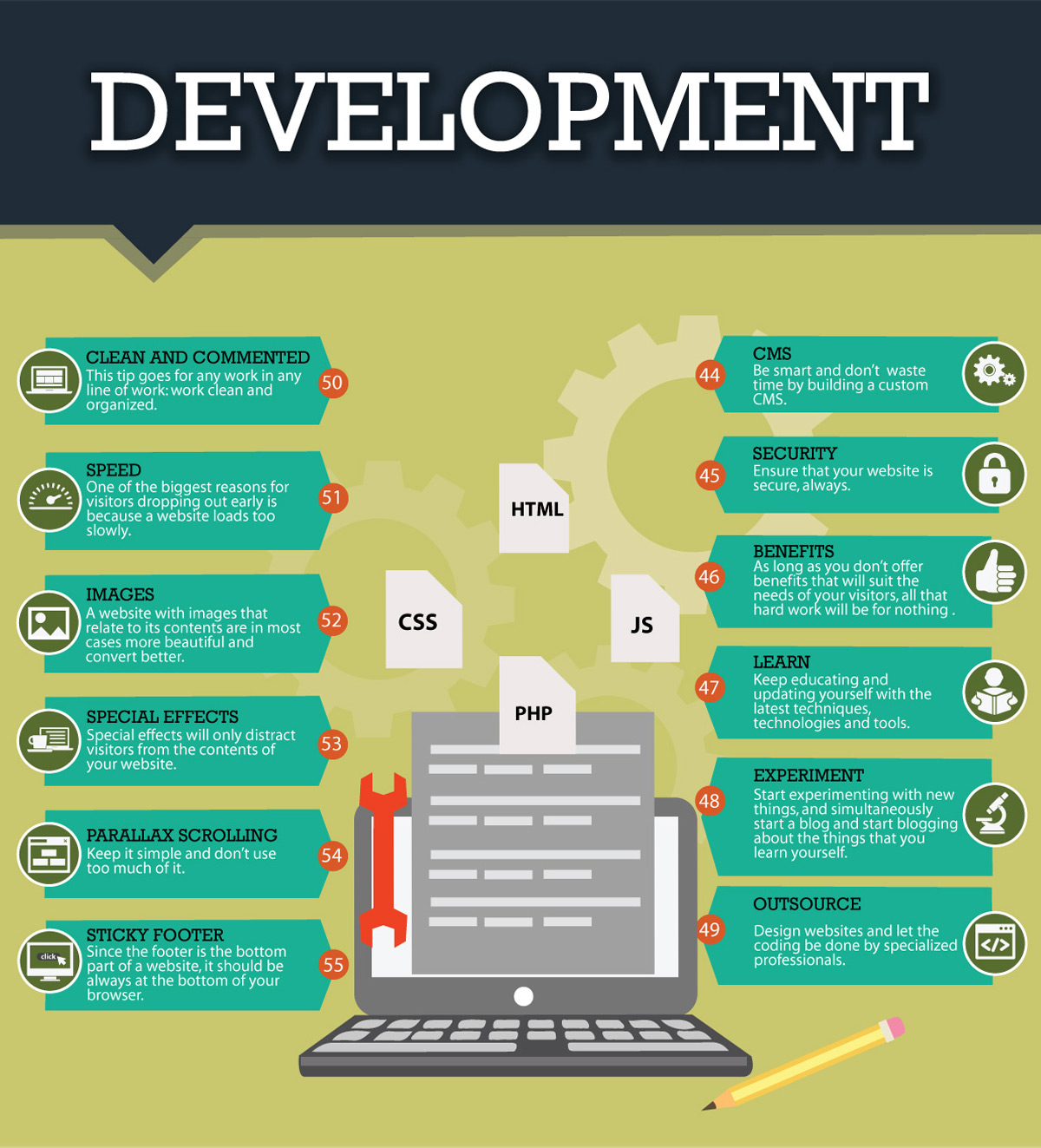Basic Aspects Of Web Design: Guidelines For Developing A User-Centric Site
Basic Aspects Of Web Design: Guidelines For Developing A User-Centric Site
Blog Article
Authored By-McKnight Neville
When it concerns web site layout, ensuring user-friendliness is key. From receptive layout to structured navigation, every aspect plays a vital function in developing a site that caters to your audience's demands. However what concerning the finer details that can make or damage a customer's searching experience? Keep tuned as we reveal some often-overlooked ideas that can elevate your site's use to the following level, making it absolutely stand apart in the digital landscape.
Importance of Responsive Style
Receptive layout is a critical aspect of modern-day site advancement. Ensuring your internet site is responsive methods that it can adjust to various screen dimensions and tools, supplying a smooth experience for individuals.
With the boosting use of mobile phones and tablet computers to access the net, having a responsive style is crucial for reaching a broader target market. It assists in improving customer experience by making your web site easy to browse and keep reading any gadget.
In addition, receptive design can favorably influence your internet search engine positions, as search engines like Google focus on mobile-friendly sites. By having visit this link , you're likewise future-proofing your internet site, as brand-new tools with differing display dimensions continue to emerge.
Simplify Navigation Structure
To enhance individual experience and help with easy access to information on your internet site, enhancing the navigating framework is extremely important. When developing your website, focus on creating a clear and instinctive navigation food selection that helps site visitors find what they're trying to find promptly.
Limit the variety of menu items to the basics, organizing associated pages with each other to prevent frustrating customers. Use detailed labels that plainly suggest the material of each page, making it simpler for customers to recognize where each web link will take them.
Think about executing dropdown menus for subcategories to avoid cluttering the main navigating bar. In look at here now , include a search bar prominently on the page for individuals who favor looking for specific details.
Focus on mobile responsiveness in your navigation style to make sure simple gain access to on all gadgets.
Optimize Web Page Load Rate
Improving web page load speed is critical for maintaining site visitors on your site. Slow-loading web pages annoy individuals and can result in high bounce rates. To optimize web page tons speed, begin by maximizing pictures. Press images without jeopardizing quality to minimize their file sizes.
Additionally, allow internet browser caching to keep often accessed sources locally, quickening tons times for returning site visitors. Minify CSS, JavaScript, and HTML data by eliminating unnecessary personalities, comments, and formatting, enhancing load speed.
Take into consideration making use of a web content shipment network (CDN) to disperse your website's web content throughout several servers worldwide, lowering latency for individuals accessing your site from different locations. Lastly, limit the use of third-party manuscripts and plugins, as they can substantially impact load times.
Conclusion
In conclusion, by including responsive design, streamlining navigating, and enhancing page lots speed, you can create an user-friendly site that attract a bigger audience and enhances individual experience. These essential elements ensure that visitors can quickly gain access to and navigate your site across various tools, causing enhanced involvement and satisfaction. By concentrating on these key elements, you can construct an effective web site that keeps customers coming back for more.
